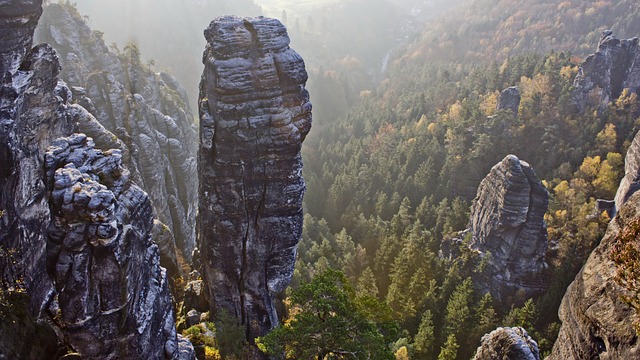In the ever-evolving landscape of our planet, few natural phenomena intrigue us quite like erratic rocks. These giant boulders, often found far from their original habitats, serve as silent yet powerful witnesses to the dynamic changes our environment undergoes—particularly in the face of climate change.
Erratic rocks are a manifestation of geological history, having been transported by glacial movements thousands of years ago. Today, they are more than just geological curiosities; they are symbols of the climate narrative we must confront. As melting glaciers release these rocks from their icy confines, we are reminded of the impacts of climate change that extend beyond mere temperature rises. They signify the profound transformations occurring in our environment, reshaping landscapes and ecosystems we once took for granted.
The presence of erratic rocks in melting environments holds significant implications for understanding climate change. As they emerge, revealing their rugged surfaces and varying textures, they serve as a reminder of where they once belonged. Their journeys illustrate how climatic shifts trigger a cascade of changes, affecting not only geological formations but also the flora and fauna that inhabit these altered landscapes.
As glaciers retreat, the exposed terrain becomes a canvas for new ecosystems. Species that thrive in cold environments struggle to adapt or relocate, leaving behind a trail of disruption. The melting environments, marked by these granite giants, reveal a harsh reality: life is adapting, but at a cost. The erratic rocks tell a story of loss and resilience, showcasing the delicate balance of ecosystems in flux.
This shifting landscape underscores the urgency of acknowledging and addressing climate change. The impacts are not just geological but deeply intertwined with our societal norms and values. We must strive to protect the areas where these erratic rocks stand, not only for their beauty but also for the narrative they carry—a narrative of the past and a marker of the future.
As we observe these giants rise from their frozen prisons, we are prompted to consider our role in this changing environment. The melting ice that unveils these erratic rocks serves as a poignant reminder of our planet’s fragility. It begs the question of how we can engage with this knowledge to foster a more sustainable future.
Each erratic rock is a piece of a larger puzzle—one that reflects the past and challenges us to rethink our relationship with the environment. The climate crisis is not an abstract concept; it is a tangible reality, deeply embedded in the soil we walk upon and the rocks we encounter. As we explore these remarkable geological formations, let us also explore our responsibilities to the environment that sustains us.



